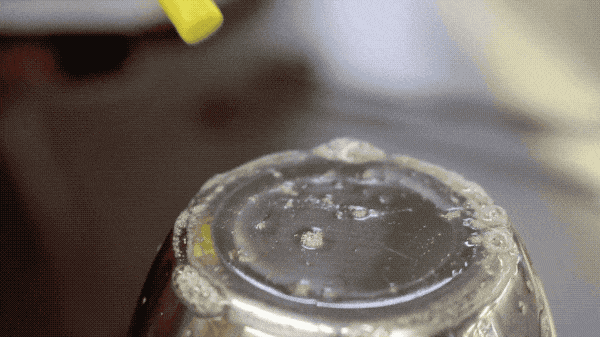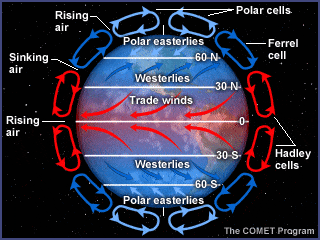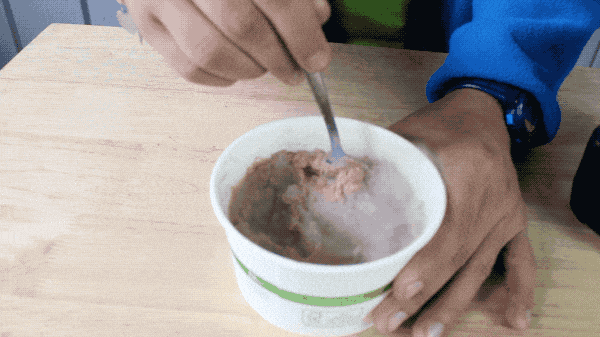
CAUTION: This experiment uses a hot plate. Please use adult supervision if attempting to recreate.
Bubbles are a great resource for fun and physics. They provide interesting insight for optimization and can even be used as models for atmospheres. Scientists are able to use bubbles as models for the atmosphere because they are very thin compared to the sphere they enclose, just like Earth and it’s atmosphere!
To show this, you can do a very simple experiment, but be sure to have supervision since there is a risk of burn. All you’ll need is a stove top, a metal dish, soap, and a straw. Heat up the metal dish, pour a soap solution on top and blow a bubble into it, using the straw so as to not burn yourself.
You will be able to see vortices form in the film of the bubble. These vortices mimic those of how hurricanes and cyclones form. As the soap film is heated up from the bottom the vortices are formed. The strength of the vortices intensify then die in a uniform way. This is due to convection currents.

The same phenomenon can be clearly seen in our bubble hurricanes. The hotter the soap solution becomes, the more intense the vortices will be, but they also die out much more rapidly.
Credit: University of Bordeaux in France
Written By: Mimi Garai



